The Body Snatcher (1945)

Directed by Robert Wise
Starring: Boris Karloff, Béla Lugosi, Henry Daniell, Russell Wade

* Published specifically for The 1st Annual Spooky Classic Movie Blogathon hosted by Kristen at KN Winiarski Writes *
¤¤¤
Story
Edinburgh 1831. A young man and an elderly woman are speaking to one another in a church cemetery. Though an odd place to strike up a conversion, they are both there for different reasons; he because his father is the Vicar at the church and she because her son is buried there. The woman explains that her son’s dog has not left the gravesite of its former master since the burial over a week prior, so she comes to give it food and water. The reasoning for the dog’s presence is that graverobbing has become frequent and it is the animal’s innate way to continue protecting its master.


We soon find out that the young man is Donald Fettes (Russell Wade), a medical student under the supervision of Dr. Wolfe MacFarlane (Henry Daniell) and his current helper Joseph (Béla Lugosi). Fettes has come to announce that he cannot continue his studies due to financial difficulty so Dr. MacFarlane decides to promote him to be his lab assistant, for which he will receive a stipend and housing. One of his duties will be to receive and sign for bodies that are brought in for experimentation. No mention is made of how the bodies are procured but Fettes begins to figure things out when he is awoken one night by a tall, mysterious man called John Gray (Boris Karloff). He pays Gray £10 for a body and when he leaves the medical clinic the next morning, he sees a crowd at the church cemetery. The same elderly woman from before leaves the cemetery gates holding the body of the dead dog, which is clearly an indication that a graverobber stole her son’s corpse and killed the dog to get to it, just as she had feared.
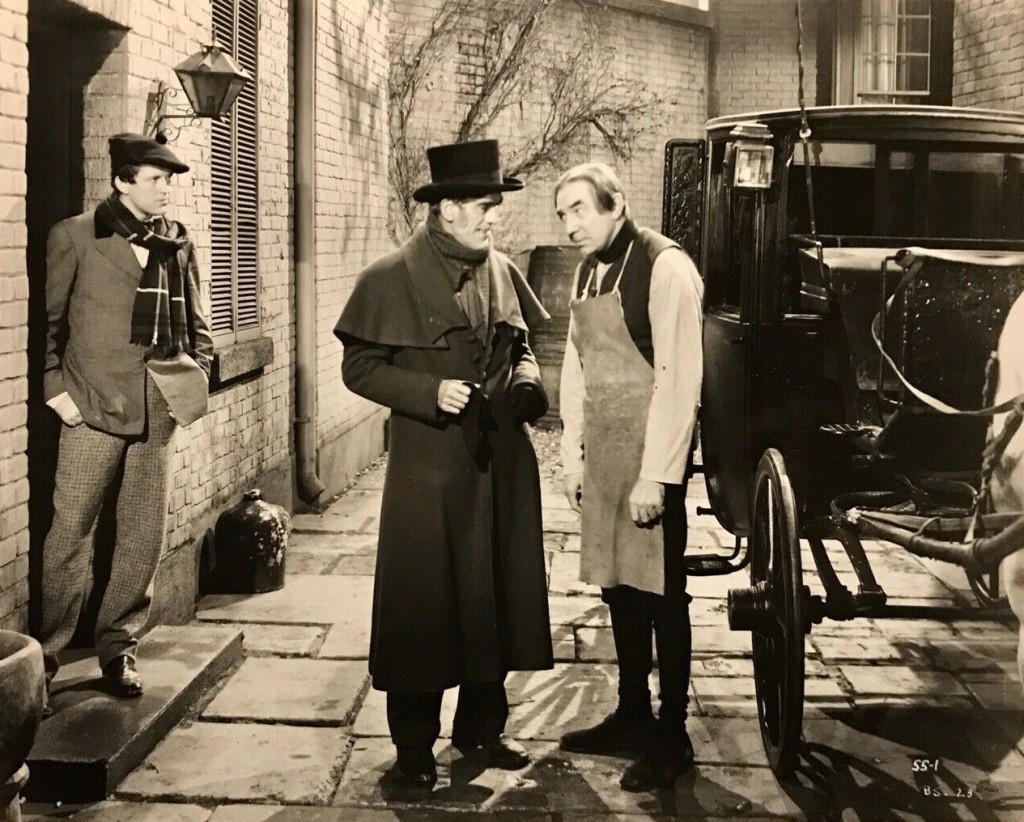
Gray is indeed not only deliverer of bodies but he is also a graverobber. Worse yet, he turns to murder when there is a shortage of corpses to be stolen. And though Gray is initially the only person to commit murder, both Fettes and the doctor play a part in the crimes due to their indirect involvement.
To what lengths will these men go to get fresh bodies? Despite the gruesome nature of the experiments, do they serve a higher cause? Will they be discovered? All answers can come to those who wait … or who watch this hauntingly appealing movie. 🙂
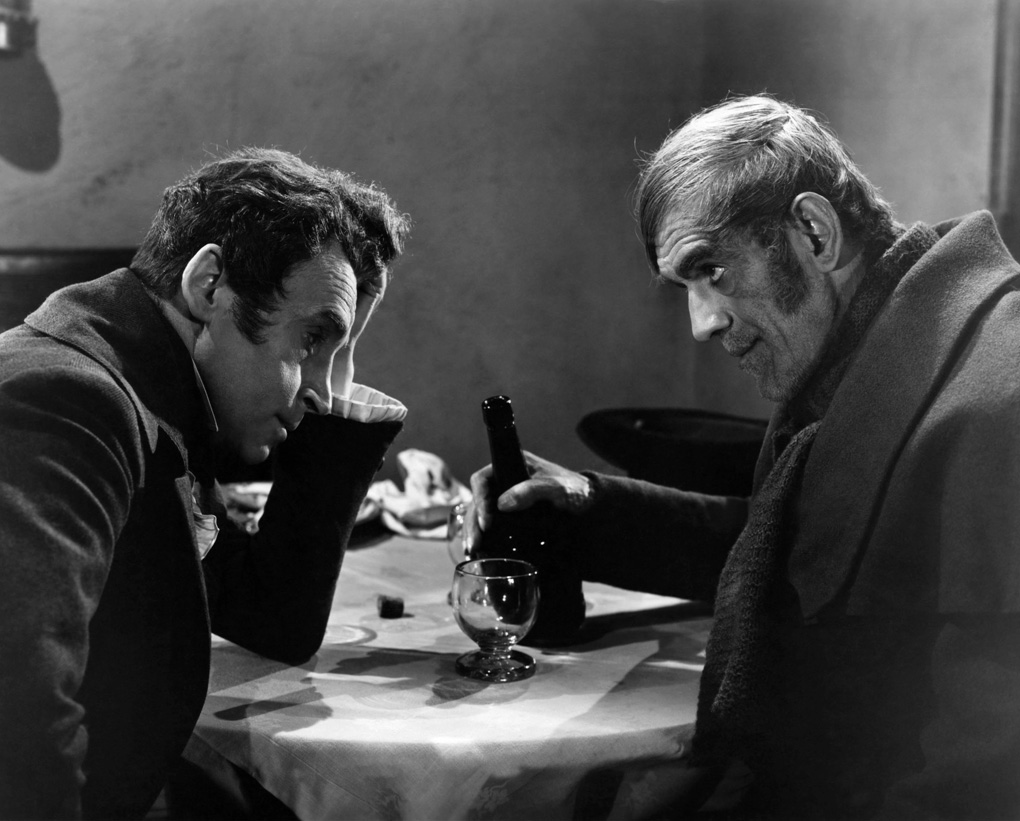
Background & Thoughts on the Cast
The film is based on a short story of the same name that was authored by Scotsman Robert Louis Stevenson. It was published in the newspaper Pall Mall Gazette in December 1884 as “Christmas Extra”, believe it or not. Edinburgh happened to be the leading European centre of anatomical study and medical experimentation in the early 19th century. The real-life events surrounding surgeon Robert Knox and the Burke & Hare murders inspired the basis of the story. Knox sought the acquisition of bodies but did so illegally because he was not registered with or approved by the Government to do so. He started paying two men by the names of Burke and Hare to graverob bodies with the promise of a £7 and 11 shillings payment per body. When it became too difficult to located and exhume acceptable corpses, the duo turned to killing victims themselves. They were all eventually arrested and put to trial for their crimes. Interestingly enough, the Knox-Burke-Hare trial is weaved in to the film adaptation of The Body Snatcher. Gray testified to being a graverobber in order to cover-up for the real perpetrator, at the time a young boy. He also gives a first-hand account of how Burke and Hare would lure and eventually kill their victims.
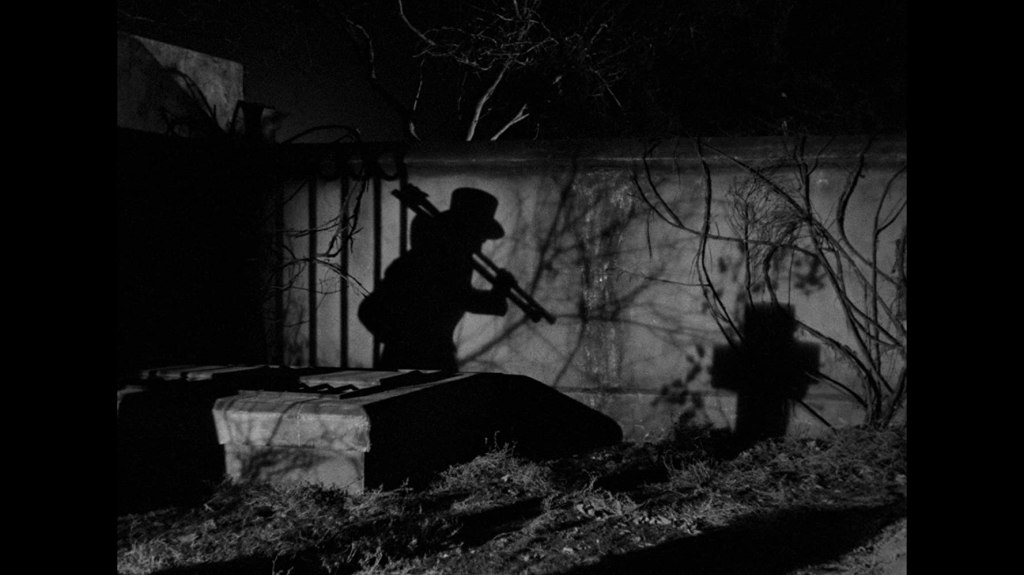
Boris Karloff gives a stand-out performance in the role of Gray, creating a truly frightening and dominant persona. Gray is physically daunting with his evil gaze and creepy clothing. His look is reminiscent of the Shadow Man. You have no difficulty in believing that he can easily overcome his victims, thereafter undertaking (no pun intended) the taxing effort of lugging bodies around. He displays several bouts of shocking, raw violence in the film. In one scene, we see Gray in the cemetery with the intent of digging up a body and he kills a dog with one seemingly nonchalant violent whack of a shovel. There is no surprise that Karloff is given top billing in the film. In fact, his is the only name that appears above the film’s title. Béla Lugosi receives second-billing for a role that pales in comparison to the other two male co-stars, Henry Daniell and Russell Wade.
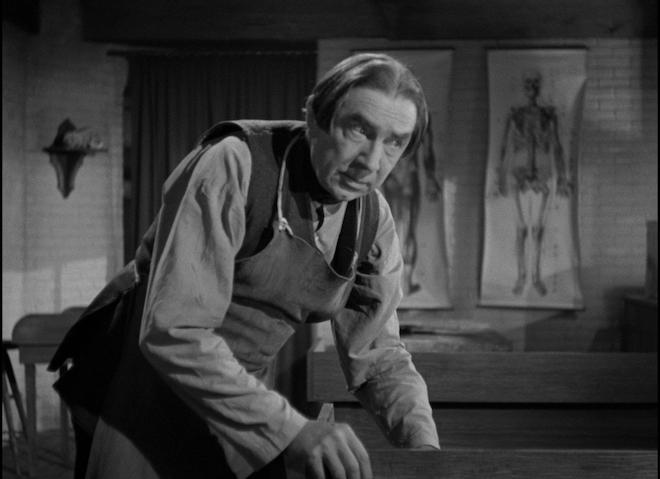
Lugosi’s role is almost that of an extended cameo. He appears in a handful of scenes, usually delivering one line of dialogue and with his on-screen presence feeling slightly rushed. Physically, he is a poor sight, looking very old and ill. I had chosen this movie to watch some years ago after seeing the names Karloff and Lugosi on the DVD cover but I was disappointed that Lugosi was not more prominently featured. Clearly, the studio was profiting from their two names to bring in more money. That being said, I cannot find fault in Karloff because he was perfect for the role and the rest of ensemble cast delivers rather solid performances.

Henry Daniell is slightly hard to warm up to in the beginning because his character is quite rude and does not have much talent in connecting with other people. Though MacFarlane seems heartless, his mindset is constantly perturbed by Gray’s existence and his agitation only increases over the duration of the film. He becomes obsessed with Gray, particularly after hearing his wife say, “You will not rid yourself of him saying the Devil is dead.” With this, MacFarlane is consumed with finding a way to distance himself from his past, once and for all.
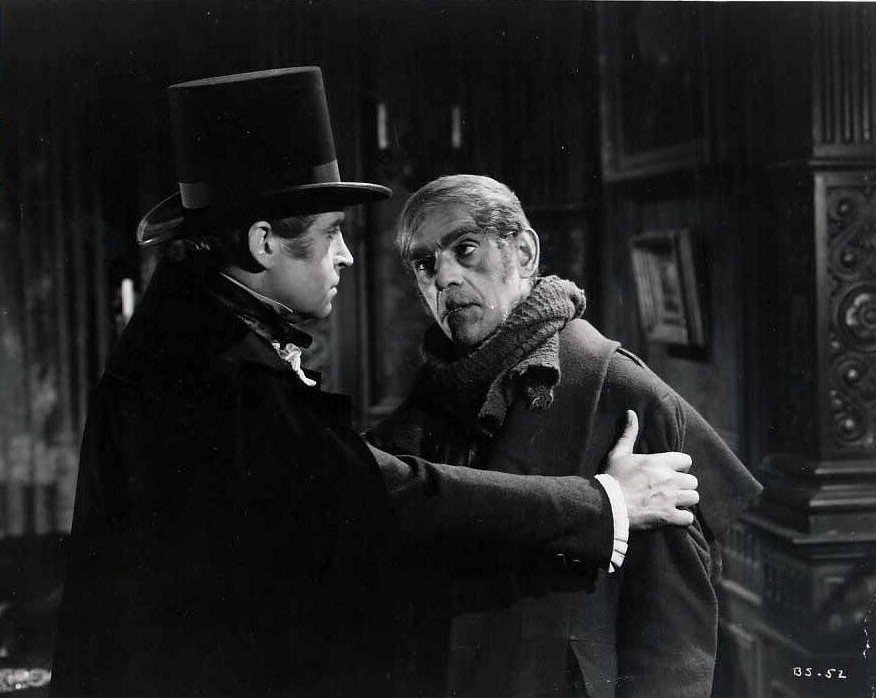
Russell Wade is a sturdy addition to the cast though clearly not at the same level as the three other men. His character starts the movie being uncomfortable by the doctor’s dealing with Gray and does not evolve a great deal by the end of the movie. Even though Fettes knows what is going on is wrong, he does not do anything to stop it and does not run away from it when he has the chance.
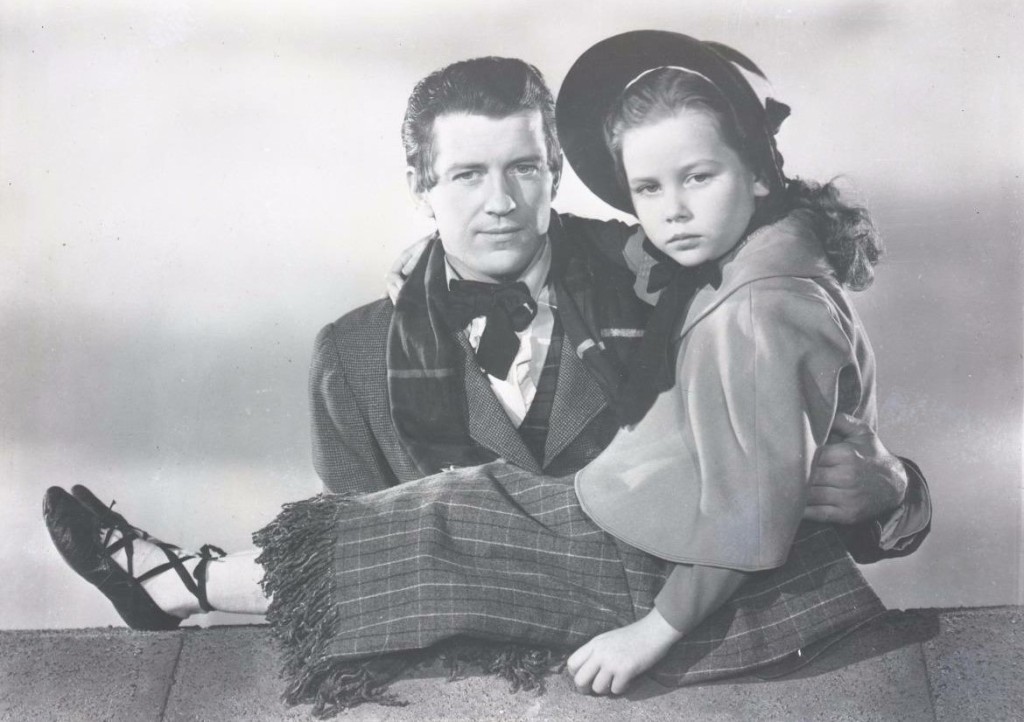
The Body Snatcher has some very interesting camera movements, including a beautifully executed zoom-in on Karloff in a scene when he is calculating his next murder. That is coupled with thrilling insinuation of doom and violence without showing excessive gore. The atmosphere is undoubtedly gothic and morbid without being vulgar or tasteless. The sets are also simple yet not understated by any means. The mood is very nice for a Classic thriller/horror wannabe; the result is even more amazing when you take into account that director Robert Wise later went on to oversee musicals like The Sound of Music and West Side Story.
The Intertwining Destines of Karloff & Lugosi
In 1932, Universal Studios organised a publicity stunt between Karloff and Lugosi which marked their first official meeting. Many light-hearted – even cheesy – photos were taken to mark the occasion. It is unknown as the whether either man knew at the time the extent of how this studio-fuelled rivalry would affect their careers and their personal lives. If Karloff did not, perhaps it was Béla that already had a slight taste of things to come.
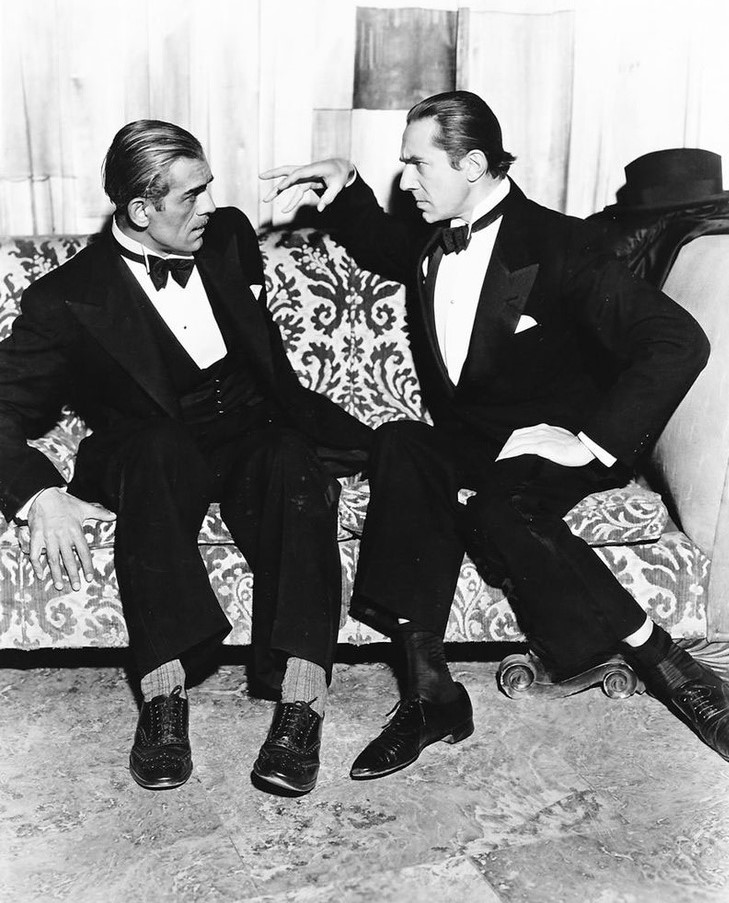
When Universal was looking to follow-up on the success of 1931’s Dracula, they immediately decided to produce another monster picture. The screenplay for Frankenstein was prepared and Universal automatically assumed Lugosi would take the role; the thought never crossing their minds that he might turn it down. In reality, Lugosi was appalled by the script and believed that the role of Frankenstein’s monster required not talent, particularly since there is no dialogue involved, only grunts. Nonetheless, he did a screen test and was photographed in the full monster costume. Lugosi was immediately disgusted that he was unrecognisable under 40 pounds of make-up. Until this time, Lugosi had been considered a distinguished, romantic and elegant leading man with handsome features. He was touted as the studio’s new Lon Chaney. In the end, Lugosi flattly turned down the role which angered studio execs, a move that undoubtedly had trickle-down effects on this ensuing career.
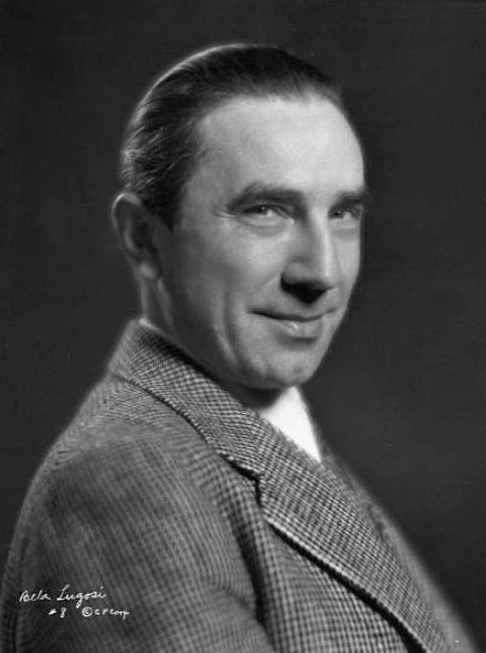
Suddenly, the studio found themselves in a bind because the first choice for Frankenstein’s monster had declined the role leaving them to waste time and energy in looking for another actor. The search went on unsatisfactorily for weeks until one of Frankenstein’s producers saw a then unknown character actor by the name of Boris Karloff in the Universal canteen. Karloff was asked to come in for a screen test, mostly due to his very unique facial features. He passed and was hired for the job at quite a low salary, which is not surprising considering that he was often just a bit player in films. The make-up for Frankenstein proved tedious and time-consuming coupled with the costume being extremely heavy. Karloff ended up losing 30 pounds during filming and to add insult to injury, necessitated the use of a veil when walking around the studio while in costume. (This was provoked when a female Universal employee fainted after coming face-to-face in a hallway with made-up Karloff.) All the hard work would be worth it, however, as Frankenstein was an immediate hit when it premiered in 1932, even more than Dracula had been. Audiences identified with the sympathetic nature and vulnerability of Frankenstein’s monster more than they did with the villainous Count Dracula.
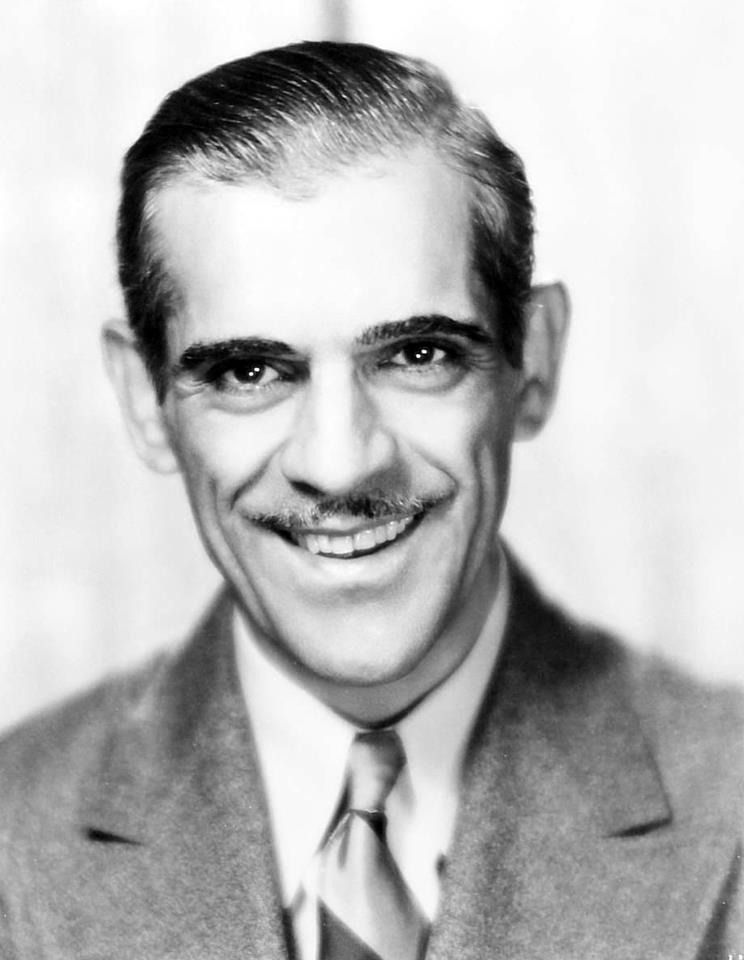
Lugosi was personally shocked that Frankenstein was a hit and never forgave himself for not taking the role, believing it to be one of the greatest mistakes he ever made in his life. Subsequently all of the movies he made right after Dracula were failure, with the possible exception of 1932’s independently-produced White Zombie. The animosity Lugosi felt propelled him to accept virtually every role that was offered because he feared making a mistake like the one he made in rejected Frankenstein. On the flip side, Karloff was signed to a long-term contract with Universal making double the money that Lugosi had been initially paid. In just a short amount of time, Lugosi had gone from being the only horror star to playing second-fiddle to Karloff.

Though the studio fuelled the rivalry between Karloff and Lugosi, the two men were not real-life enemies. They were cordial to one another on-set but never socialised outside of the studio. They also declined to speak publicly about the duel even though there were some instances when comments were made. For example, Karloff made mention of the fact that had Lugosi learned to speak better English and rid himself of his thick accent, he could have found a better range of roles. Lugosi was privately jealous and at times openly contemptuous of how Karloff’s success badly hurt his own career prospects. In the end, both men are fondly remembered by their family and by the public.
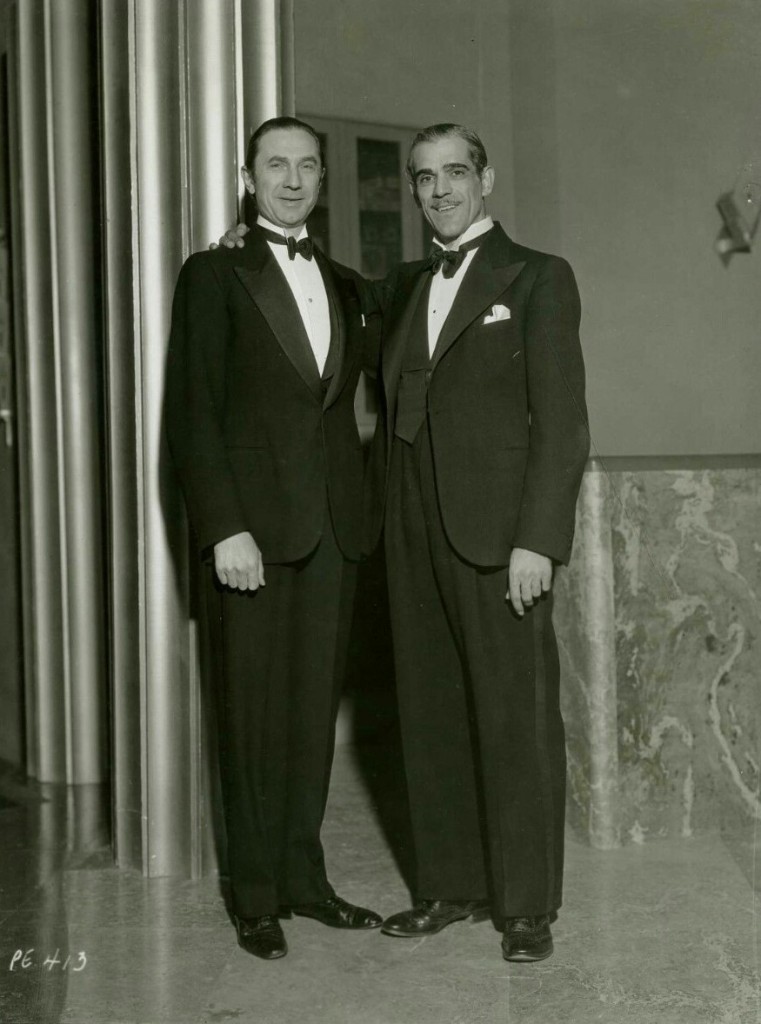
¤¤¤

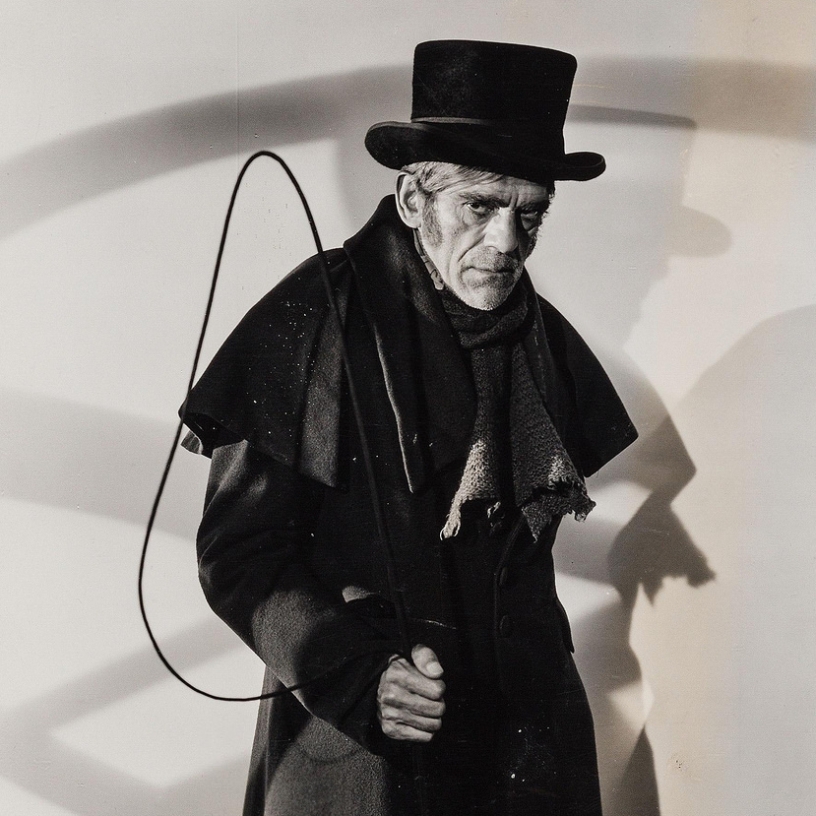
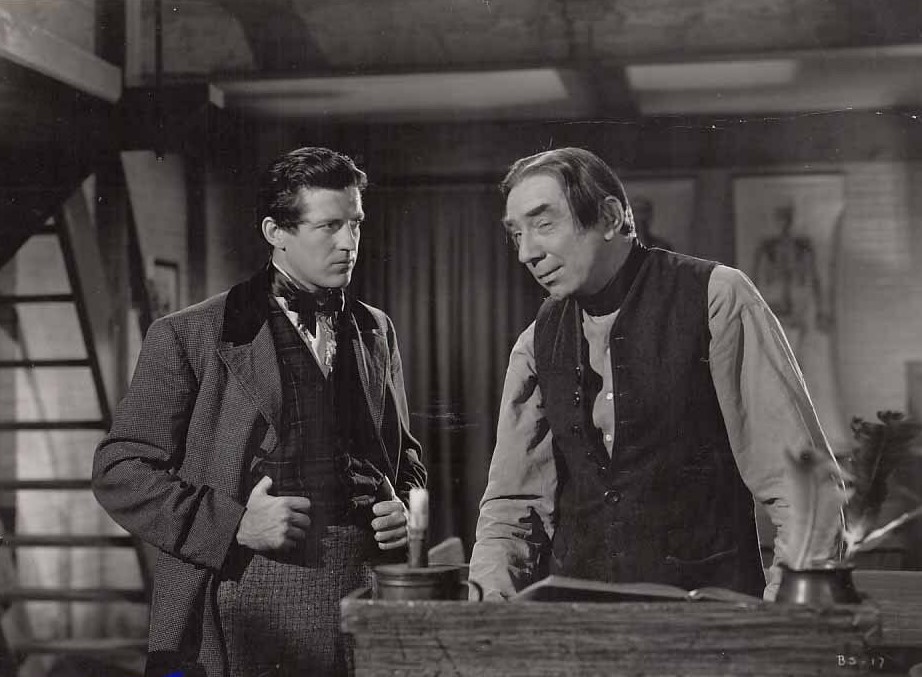

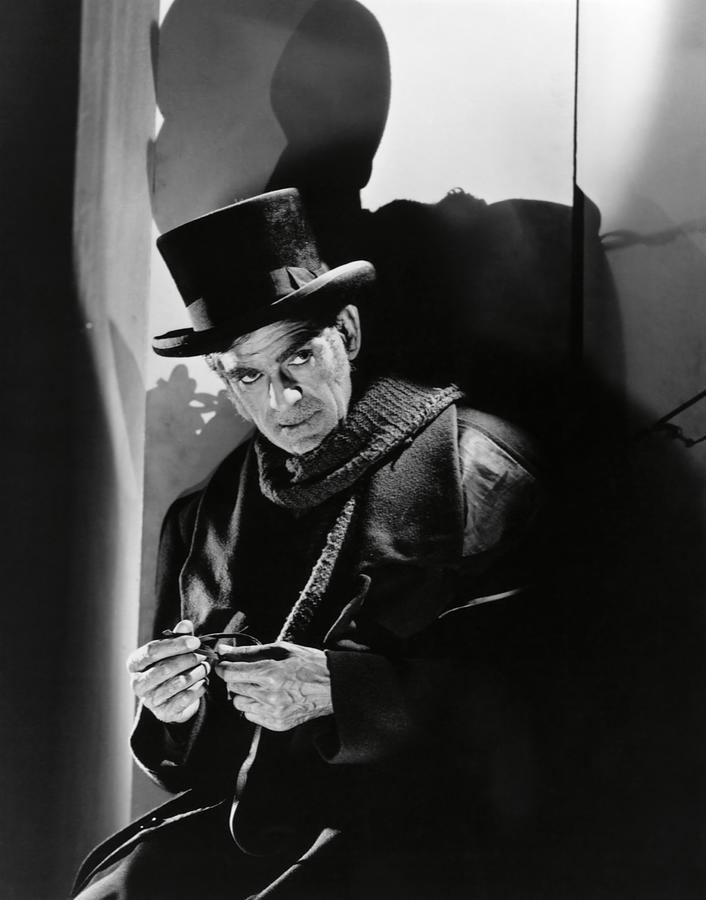

Love this movie and your write-up on it is a beautiful reminder of the genius of Val Lewton. Karloff is magnificent and as we know he loved the films he did with the Lewton unit, and felt they revived him. As you correctly point out, Lugosi looks ill and ravaged by addiction – so very sad! At any rate, The Body Snatcher is a great chiller and one for the Halloween list!
LikeLiked by 1 person
G’day, Paul! 🙂
Thank you very much for the kind words. I immediately fell under the spell of this film and Karloff scared me far more than any of his monster incarnates. It is very sad about Béla especially since you could see that he was always a dedicated, professional actor who made the most of each of his roles.
Do you have any horror film recommondations that have the same kind of macabre, ominous feel as this one?
LikeLiked by 1 person
You’re so welcome Erica! Hope you’re well and so glad you’re writing 🙂
I love this film and indeed all the Lewton unit productions are very special. I also love Isle Of The Dead (again with Karloff and produced in the Lewton stable) which has that macabre atmosphere loaded with dread.
For something not so dreaded but one I adore is The Curse of the Cat People. which is so beautiful and I think you would love it. But then I would imagine you have seen it. 🙂
LikeLiked by 1 person
Great review! I haven’t seen this one, but it sounds really good. Definitely adding it to my list! Thanks for participating! Happy Halloween! 🙂
LikeLiked by 1 person
What a great film for the Halloween season—or any time! Fun post. 🙂
LikeLiked by 1 person
looks like a great film, and I love films with both Karloff and Lugosi together, even if briefly.
LikeLiked by 1 person
In that case you would be absolutely delighted with this film! The scenes between them are quite intense. Hope you enjoy it! 😀
LikeLike